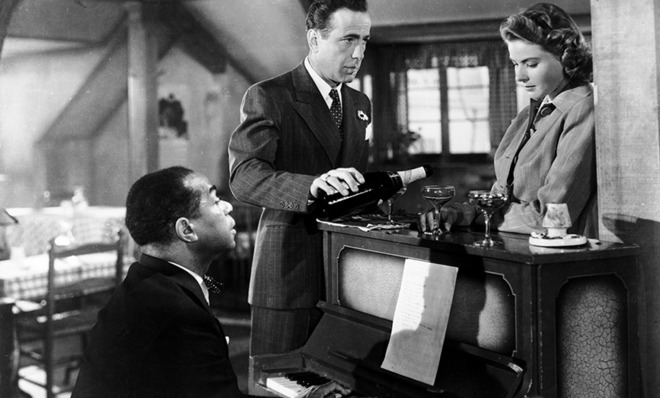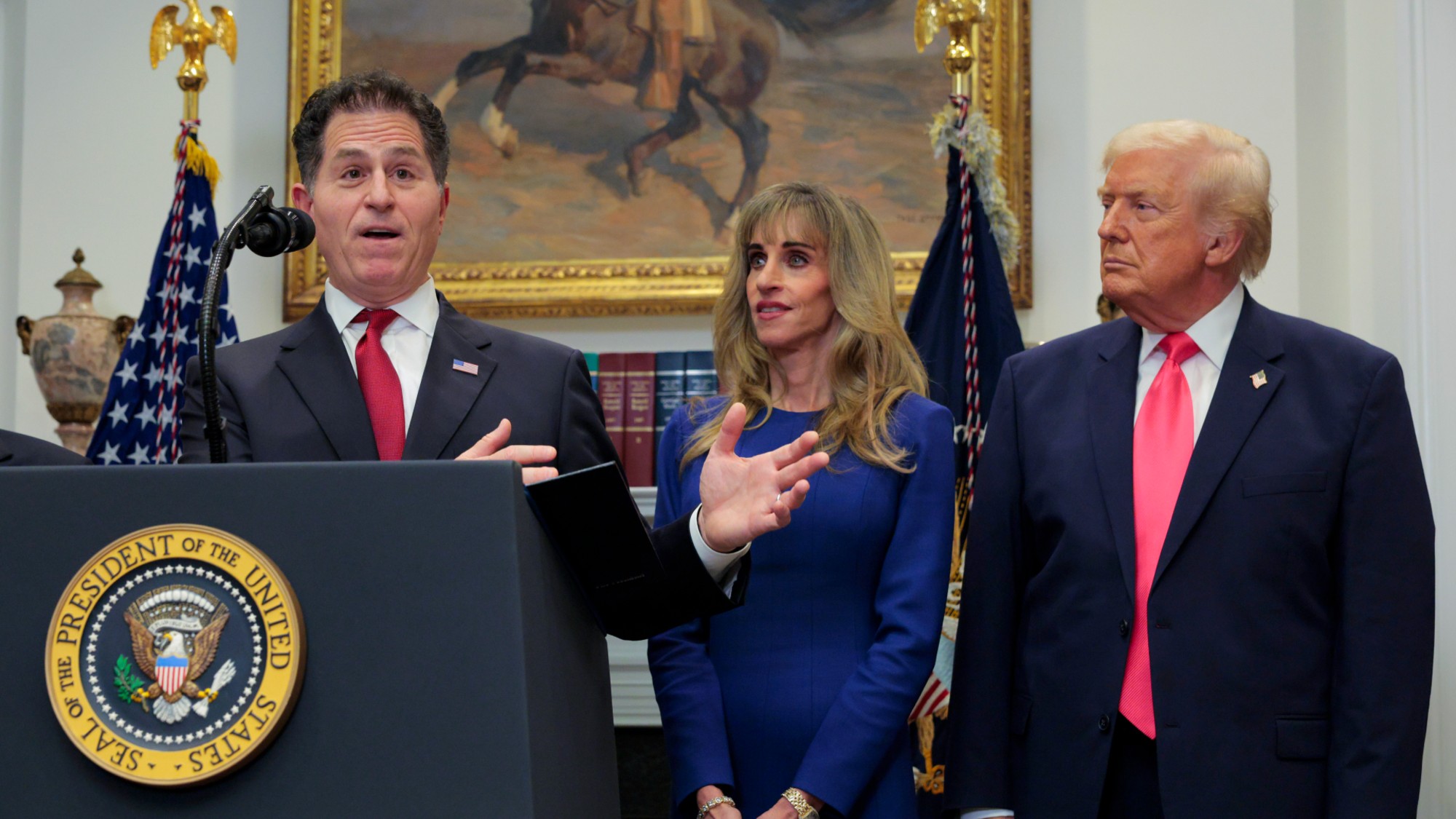8 how-to books from 100 years ago that are still (sort of) useful
19th and early 20th century authors knew a thing or two about baby-naming, football-watching, drink-making, and more


1. How to Name a Baby without Handicapping It for Life, by Alexander McQueen
We're living in an age in which any noun, president's last name, or word ending in –"dyn" can be hung round a child's neck for the rest of his or her life. However, this is not the first time in history there has been a naming free-for-all. This book, written in 1922, lays out "The Seven Rules of Naming." Some of them fly in the face of modern convention (such as insisting that a name should be pronounceable and indicate gender clearly), but maybe that's a good thing. Names warned against include Chateau Thierry, Centennia, Liberty Bond, and Fritz De LaRue. Approved names include Cuthbert, Theophilius, Meta (for a girl only!), and Wertha.
2. The Perfect Course of Instruction in Hypnotism, Mesmerism, Clairvoyance, Suggestive Therapeutics, and the Sleep Cure: Giving Best Methods of Hypnotizing by Masters of the Science, By The Psychic Research Company
The Week
Escape your echo chamber. Get the facts behind the news, plus analysis from multiple perspectives.

Sign up for The Week's Free Newsletters
From our morning news briefing to a weekly Good News Newsletter, get the best of The Week delivered directly to your inbox.
From our morning news briefing to a weekly Good News Newsletter, get the best of The Week delivered directly to your inbox.
This manual covers just about every use of your latent clairvoyant forces and extrasensory abilities you can conjure. Whether you want to learn hypnotism to use in your dental practice (though you shouldn't call it "hypnotism"; your patients might think you're a quack) or simply render a neighbor catatonic with your mind, this book tells you how to do it. And there is no doubt that the information written here, in 1901, is just as accurate today as it ever was.
3. How to Mix Drinks, by Jerry Thomas
How often do you come across a mixology book that will tell you how to ferment your own old-school absinthe? (The secret is in how long you macerate the wormwood!) How to Mix Drinks is from 1862 and offers 600 drink recipes, most of which you've never heard of, and a few of which are illegal in this country. But really, you know you don't want to let your youth slip by without ever trying a Raspberry Shrub, a Yard of Flannel, or a Philadelphia Fish-House Punch.
4. How to Make a Shoe, by Jno. P. Headley
A free daily email with the biggest news stories of the day – and the best features from TheWeek.com
It isn't just that this 1882 book aims to teach that seldom-tackled craft of making your own shoes. This book does it entirely in rhyme. One long wonderful 119-page, shoe-cobbling poem. Observe: Nails are driven, both iron and steel / Around the top, in mind / And on the outside some prefer / A few more nails to find.
5. How to Hunt and Trap, by Joseph H. Batty
This book is part instruction manual and part awkward novel about men exploring their manliness. But aside from that, the camping, hunting, trapping, and pelt-preparing information is beautifully illustrated and still applicable to the modern wilderness aficionado. Just don't forget to cross check the author's 1887 list of potential animals to hunt with a modern Endangered Species list. Because, wow, there is a lot of crossover.
Today, the marketplace is glutted with book-writing techniques and short cuts. So this 1901 approach actually has a freshness to it; a stern simplicity. This extremely thorough book offers examples of technique among "our young writers," such as H.G Wells, and helps you through some pitfalls that you think the internet has solved for you but actually hasn't (topography, scientific accuracy, grammar, and so on).
7. Football and How to Watch It, by Percy Duncan Haughton
There was a time when the majority of Americans didn't understand football, as opposed to now, when it appears to be only me. There is no guarantee that this book, written in 1922, will make the game clearer. But it does offer many detailed photographs and diagrams and as a bonus, a florid, Mr. Burns-esque narration, ("Hence, the two-hundred pound fat boy is fast disappearing, and in his place appear strong, versatile athletes who must of all things be possessed with that quality best described as the ability to handle themselves with dexterity and even grace.")
8. Kites: How to Make and How to Fly Them, by George J. Varney
When you made a kite in 1897, you created a masterpiece of engineering and aeronautic art. Materials had to be just right (no lightweight tear-proof plastics or nylon strings), folds and knots had to be specific. This book is not for the trifling kiter. If you think you have what it takes to make the Kite Nymph (pretty lady soaring like an angel above you) or Chinese kites that sing, or the double box Clayton kite that can be used for atmospheric experiments, take a look at his book.
Therese O'Neill lives in Oregon and writes for The Atlantic, Mental Floss, Jezebel, and more. She is the author of New York Times bestseller Unmentionable: The Victorian Ladies Guide to Sex, Marriage and Manners. Meet her at writerthereseoneill.com.
-
 Can Mike Johnson keep his job?
Can Mike Johnson keep his job?Today's Big Question GOP women come after the House leader
-
 A postapocalyptic trip to Sin City, a peek inside Taylor Swift’s “Eras” tour, and an explicit hockey romance in December TV
A postapocalyptic trip to Sin City, a peek inside Taylor Swift’s “Eras” tour, and an explicit hockey romance in December TVthe week recommends This month’s new television releases include ‘Fallout,’ ‘Taylor Swift: The End Of An Era’ and ‘Heated Rivalry’
-
 ‘These accounts clearly are designed as a capitalist alternative’
‘These accounts clearly are designed as a capitalist alternative’Instant Opinion Opinion, comment and editorials of the day
